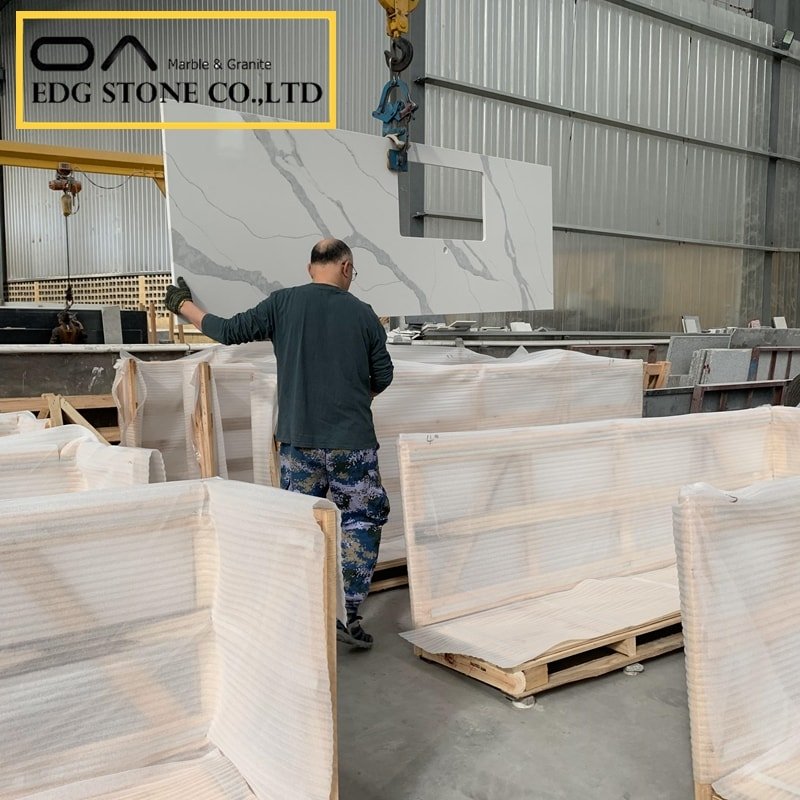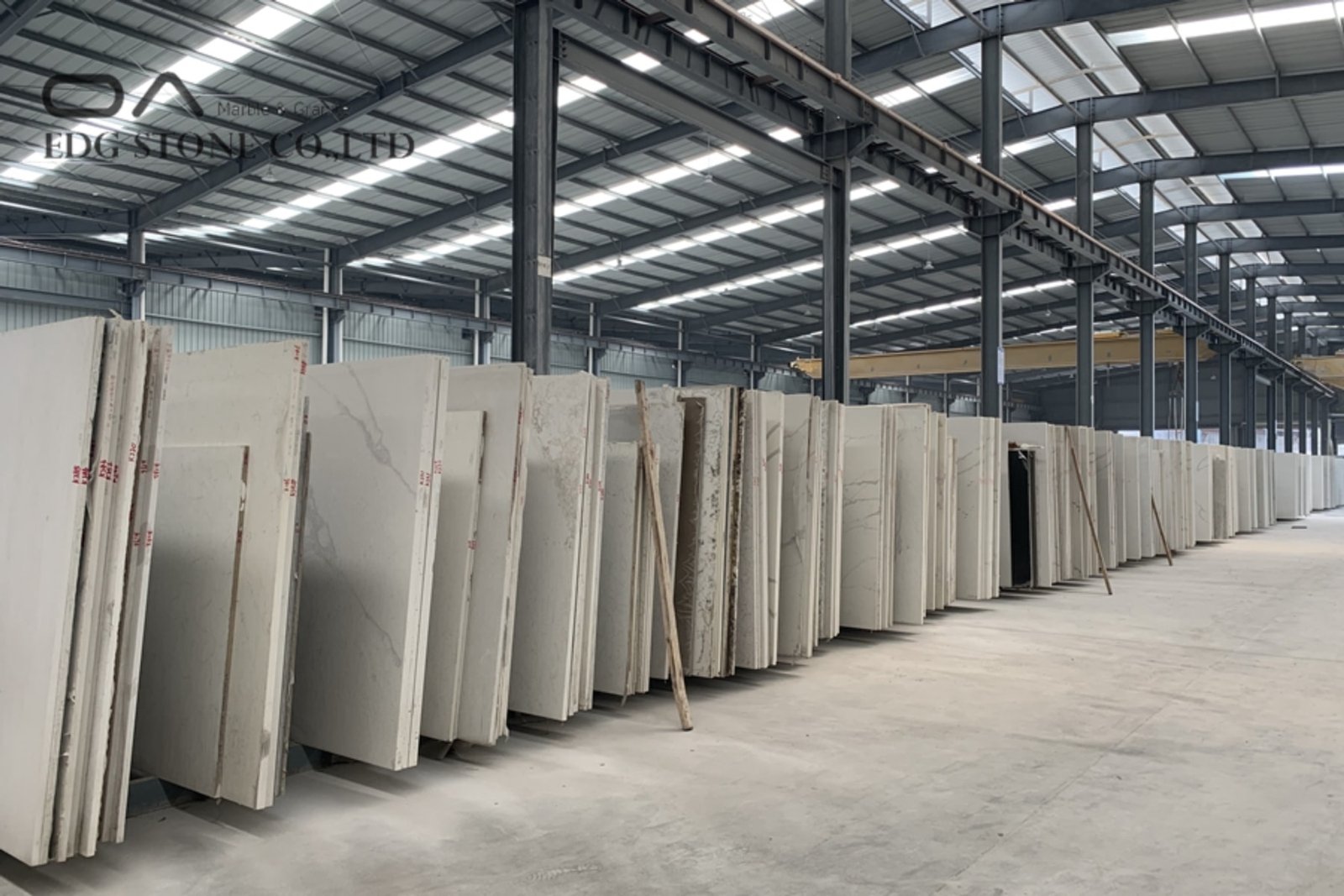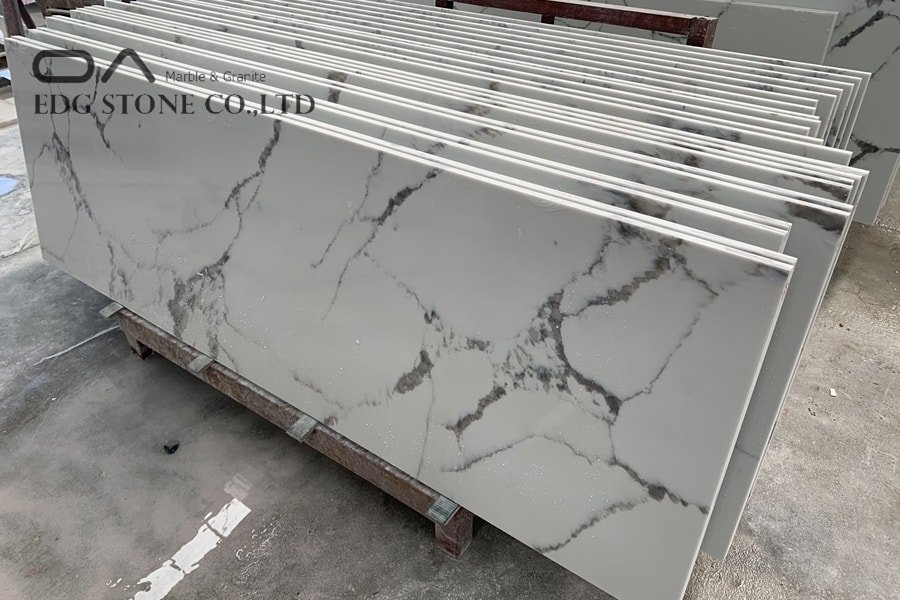Green environmental protection decorative stone quartz stone is believed to be familiar to everyone. Because the hardness of quartz stone is second only to the hardness of diamond, it was only used on the cabinet table in the early stage. With the continuous improvement of the production technology and capabilities of my country’s quartz stone manufacturers, quartz stone is now almost all over the entire decorative field. As the hardness of quartz stone is its biggest advantage, it also brings a lot of trouble to the processing.
Quartz stone is mainly made of standard plates before it leaves the factory. If it is to be used in home decoration or commercial space, it still needs processing. Quartz stone processing and installation need to be cut and combined, and it is also necessary to synthesize, cut, and splice in decorative applications. Often due to the influence of processing technology and the characteristics of the quartz stone itself, it is very difficult to achieve seamless splicing. Although the original color can be achieved by polishing after processing, it is easy to lose color after a period of use. If the splicing gap is obvious, it will not only affect the overall aesthetics but also easily breed bacteria.
How to reduce the obviousness in splicing? The first is to polish before splicing. The quality of polishing is directly related to the quality of splicing.
Splice after finishing polishing, and try to use the original glue from the manufacturer as much as possible. Before splicing, the color should be matched with the countertop plate to avoid color difference. Use paper tape to paste on the edges of the two opposite joints. In order to avoid unnecessary troubles when the glue contacts the plane to clean. After finishing the preparatory work, apply glue evenly, use F clamp to fix for about 15 minutes, try to avoid polishing after splicing.









